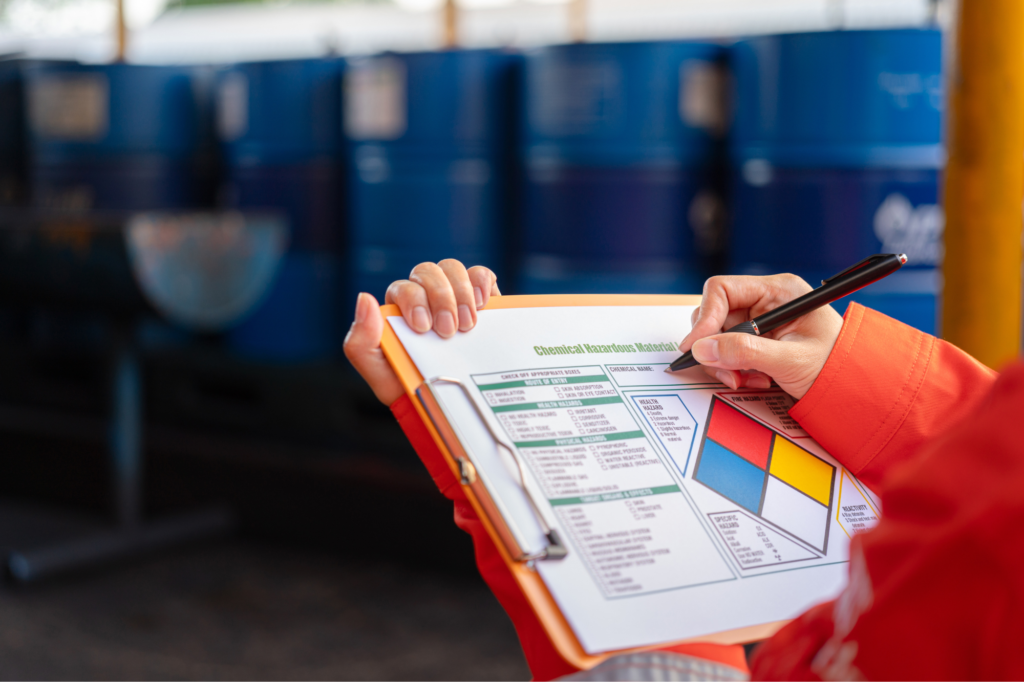
Mandatory EHS employee training
Are YOU in compliance with all the EPA, OSHA, and DOT Mandatory Training Requirements?
Many federal EPA, DOT, and OSHA employee training requirements direct employers to inform, educate, and train employees to protect themselves, the public, or the environment from workplace hazards. A few employee training requirements are very prescriptive, such as detailed steps to certification. But most are “performance-based” in that they set qualitative goals, such as “effective,” “lead to understanding,” or “demonstrate proficiency,” that allow the employer to determine the best way to achieve the desired outcome of training.
OSHA Training
The Occupational Safety and Health Administration’s (OSHA) goal for safety training is the long-term reduction of injuries and illnesses among workers. The immediate effectiveness of training is measured through inspections, test scores, surveys, and observing how workers demonstrate the tasks they have learned. Long-term effectiveness is measured by evaluating worker attitudes toward risk reduction and hazard control, changes in work practices over time among workers who have received training, and changes in reported health and injury rates.
EPA Training
The Environmental Protection Agency (EPA) requirements for environmental training are focused on activities designed to eliminate the release of pollutants and wastes into the environment. EPA is generally more concerned with compliance with environmental standards than with the process for employee training. Asbestos, lead abatement, and certain other highly toxic or cancer-causing material-handling training are exceptions where training requirements or employee certification are prescribed.
DOT Hazardous Materials Training
The Department of Transportation (DOT) requires all employees who handle or transport hazardous materials to receive one or more types of hazardous materials training: general awareness and security awareness, function-specific, employee safety, driver safety, and in-depth security. “Function-specific” means the training must relate to the specific tasks of the employee. DOT regulations generally do not specify a delivery method or format for training.
Overlapping Training Requirements
EPA, OSHA, and DOT each have separate training requirements, but there is often overlap among the various training requirements. For example, an employer may have workers managing hazardous waste and have the same workers preparing hazardous materials for transportation. In this situation, EPA hazardous waste training rules, OSHA HAZWOPER requirements, and DOT hazardous materials training standards would all apply. In some cases, OSHA and EPA have separate training requirements for the same operation, process, or substance. It can be difficult to determine which rule applies in a specific situation.


